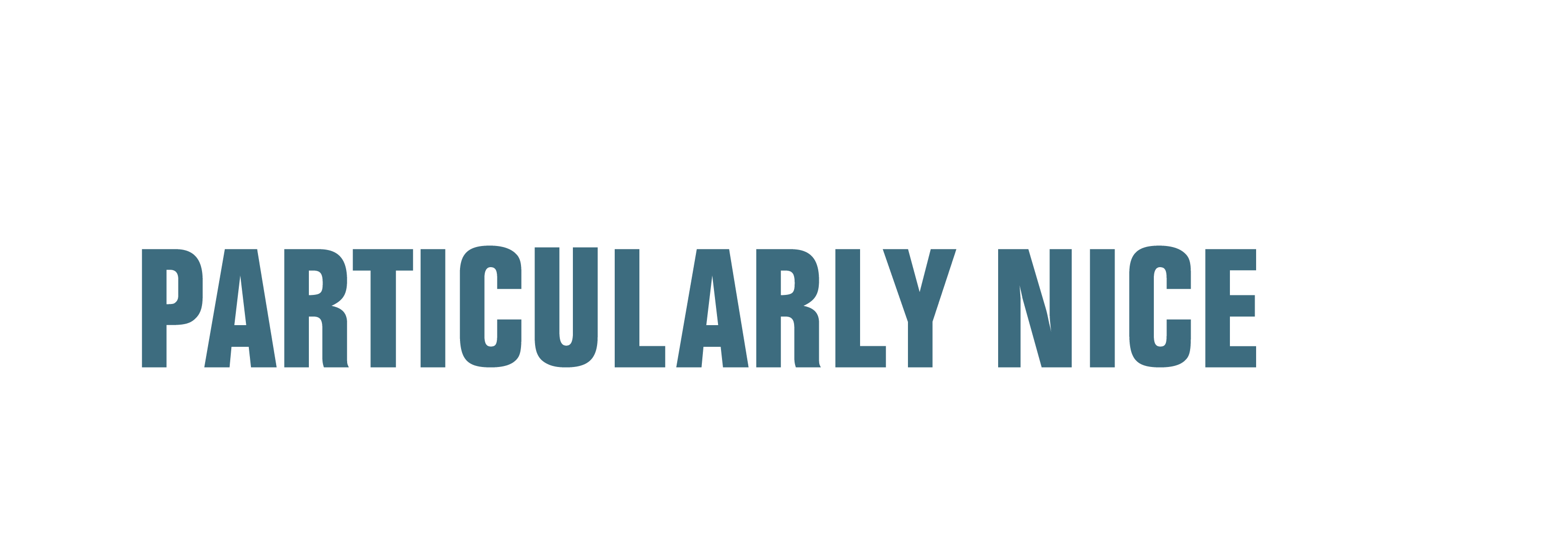
I used to think that selling required a certain character: a pushy, brash haggler. That couldn’t be farther from my personality! So I thought I’d never ever sell professionally.
Yet, here I am, a vintage seller in America – the epicenter of capitalism – soon for four years. My character hasn’t changed but the ways I view selling, have. Turns out, selling vintage can be about analytics, research and meeting people – all the things I love.
Here’re are four things I wish I knew years ago:
01
Selling vintage is about finding
Selling is about finding – finding right customers, right ways to reach the customers, and right things to sell. It’s this discovery process that takes time. If I’m successful in matching a nice thing with a nice new home for it, the actual exchange of goods and money is a quick and pleasant affair. It’s a happy end for both parties, no pushing needed.
02
Haggling is agreeable and respectful when I’ve done my homework
When I’ve done my research, studied the comps (preferably from several trustworthy sources), inspected an item’s condition, and calculated my costs, then setting a price, offering a discount or holding the price firm, is easy. In the end, I can complete a sale or politely refuse an offer, and feel equally good about both.
03
Everything will sell eventually. But sometimes it’s better to stop trying
I do believe that there’s a buyer for everything. Often professional vintage sellers win over amateurs because they have more patience. I’ve had beautiful vases that took two years to sell. Yet, I’ve also learnt when to give up trying. Selling is costly. It takes time to research, list, photograph, organize, clean and/or restore, message with prospective buyers, merchandize, vend at markets or at stores, ship or coordinate pickups. It also involves money to pay for fees and commissions, storage, gas, rent, refinishing and shipping supplies. When the time and money spent on selling exceed the profit I can potentially earn, it’s time to draw a line, cut my losses, donate or give away the item, and move on.
04
Selling is particularly pleasant when I like what I sell
If I buy things that aren’t my cup of tea, then selling them becomes a chore. I get annoyed if they sit around. With things I like I have a lot more patience. I also like researching about them and sharing my findings with customers. Selling then becomes storytelling, information exchange, or an opportunity to reminisce, and I often learn as much (or more) from my customers as they learn from me.
How about you? What insights do you have about selling vintage?
I was inspired to write this piece by a recent New Yorker article, ‘A Guide to Getting Rid of Almost Everything’. In it, the author decides to deaccession stuff she’s accumulated over the years, and of all the available options – “selling, donating, recycling, giving away, losing [things] on the subway, or reserving a spot for them on the next Mars Explorer”, decides on the first four.
The author’s selling through Ebay, Etsy, Facebook Marketplace, Craigslist, and consignment reminded me of my early – frustrating! – selling experiences and all of the things I’ve learnt in the past years. I laughed, relating to her book selling attempt: “People divesting themselves of quantities of books often start by thinking, Oh, boy, I’m going to make so much money selling these precious volumes!, and end up saying, “I will pay you any amount of money to take this shit off my hands.”
In the end, the author determines that babysitting pays better per hour than selling, and donates most of her stuff. (By the way, she has great suggestions on where to donate, including my favorite NeverLikedItAnyway.com website that will buy your “ex’s leavings”).
